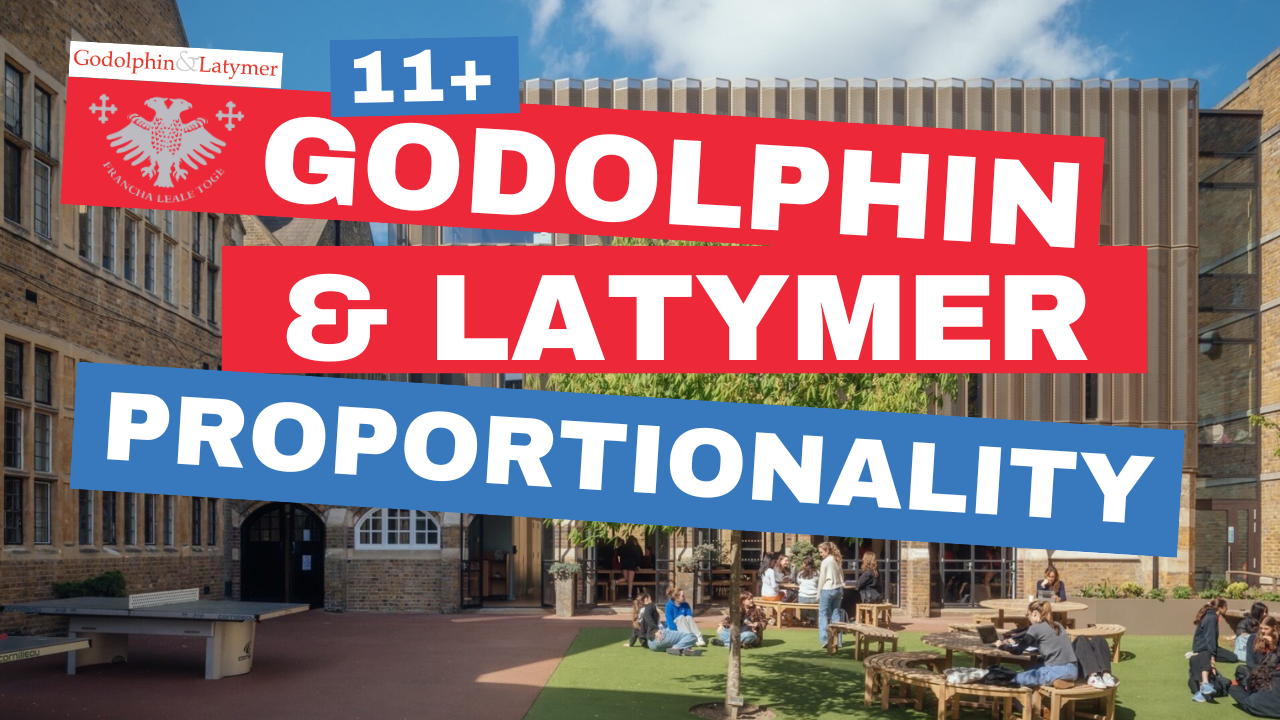Welcome back! Today, we are diving deep into our first paper from Godolphin and Latymer school, focusing on question number 27. In this session, we’ll cover three questions from this paper and then tackle another three from a different paper that Godolphin and Latymer now use. This particular paper dates back to around 2011, if I am not mistaken.
While this paper might be a bit older, it still contains some valuable questions that often appear in various independent school and grammar school tests. Let’s begin by dissecting the first question step by step.
Understanding the Problem
Question: 48 cats eat 12 cans of food in 3 days. Fill in the spaces.
This question is all about proportionality and inverse proportionality. These concepts often show up in different forms in various exams, so it’s essential to master them.
Proportionality Basics:
- If the number of cats doubles, keeping the number of cans the same, the number of days will halve.
- Conversely, if the number of cats stays the same but the number of cans doubles, the number of days will double as well.
Exploring Scenarios
Let’s break down the problem using a series of scenarios to better understand the relationships between the variables.

Scenario 1: Reducing the Number of Cats
Given:
- 48 cats eat 12 cans of food in 3 days.
We need to find:
- How many cans of food 12 cats will eat in the same 3 days.
Calculation:
- 48 cats is four times the number of 12 cats.
- Hence, if 48 cats need 12 cans in 3 days, 12 cats (which is four times fewer) will need fewer cans while keeping the days constant.
[\text{Number of Cans} = \frac{12 \text{ cans}}{4} = 3 \text{ cans}]
Conclusion: 12 cats will eat 3 cans of food in 3 days.
Scenario 2: Doubling the Number of Cans
Given:
- 48 cats eat 12 cans of food in 3 days.
We need to find:
- How many days 48 cats need to eat 24 cans of food.
Calculation:
- Doubling the number of cans from 12 to 24 while keeping the number of cats constant will double the number of days.
[\text{Number of Days} = 3 \text{ days} \times 2 = 6 \text{ days}]
Conclusion: 48 cats will eat 24 cans of food in 6 days.
Scenario 3: Halving the Number of Cats

Given:
- 48 cats eat 12 cans of food in 3 days.
We need to find:
- How many cans 24 cats will eat in 18 days.
Calculation:
- 24 cats are half the number of 48 cats.
- Extending the number of days to 18 (which is 6 times longer than the original 3 days).
First, calculate for 6 days:[\text{Half the number of cats} = 24][\text{Number of Cats} \times 6 \text{ days} = 12 \text{ cans}]
Then, find for 18 days (which is three times longer than 6 days):[\text{Number of Cans} = 12 \text{ cans} \times 3 = 36 \text{ cans}]
Conclusion: 24 cats will eat 36 cans of food in 18 days.
Summary of the Solved Question
Let’s summarise the calculations using bullets for easy understanding:
- 12 cats will eat 3 cans in 3 days.
- 48 cats will eat 24 cans in 6 days.
- 24 cats will eat 36 cans in 18 days.
Additional Resources
This type of question was also covered in one of our lockdown sessions. We had a series of free sessions online via Facebook, which you can revisit for more practice. These recordings are available on our Facebook page.
To access these resources:
- Visit our Facebook page and search for Singapore Mapss Academy.
- Look for our logo to ensure you’re in the right place.
- You’ll find the recorded sessions under the video section.
For more questions and detailed solutions:
- Check out our [YouTube channel](“URL HERE”) where you can subscribe to get notifications for our new videos.
- Follow us on [Facebook](“URL HERE”) to stay updated on our latest free sessions and resources.
Feel free to leave your thoughts in the comments section. Did this explanation help you? Is there a better strategy you use for these kinds of problems? We’d love to hear from you!
Here’s a standout quote to keep in mind:
“Understanding the basics of proportionality and inverse proportionality can significantly simplify complex problems.”
Thank you for joining us in this detailed walkthrough. We hope you found it helpful and look forward to bringing you more insightful.

